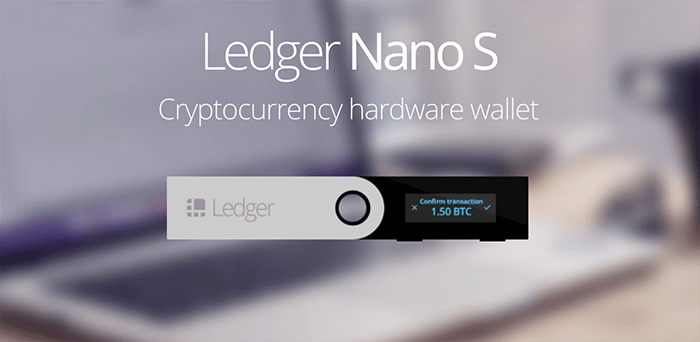Ledger Co-founder Thomas France on Coin Support and Staying Ahead of Hackers

Thomas France, the Co-founder of Ledger, finds himself at the helm of a company responsible for creating and selling the Ledger Nano S, one of the bestselling cryptocurrency hardware wallets.
The wallet has earned some substantial street credit from the likes of Tim Draper and has attracted thousands of happy users. An unofficial mission statement often heard from France is that the company is here to help cryptocurrency holders sleep easier at night, which so far has been true as the wallet has proven to be incredibly resilient to hacks. However, with this statement in mind, it begs the question of how easily the Ledger team can sleep at night with thousands of hackers lurking in the shadows attempting to find a loophole that would give them access to potentially billions of dollars in token value.
The following interview with Thomas France was conducted at the 2018 Draper University Blockchain Intensive.
What strategies do you have in place to stay one step ahead of the constantly evolving hacking attempts?
Basically, what we want to do at Ledger is provide the best possible product for people to have their coins stored safely. What we’re doing is that we’re putting the bar as high as possible to make sure the keys are secure. There are no things and no system that is unhackable. It’s not something that exists, but it’s just putting the bar as high as possible.
We are constantly improving. We have some people that are auditing the code all the time. We have the bounty program where people can help to find some of our vulnerabilities. We’re basically building the right framework to raise the bar as high as possible.
How do you prioritize which coins to add support for on the Ledger Nano S?
It’s interesting, in a way, that we provide the APIs for people to build support directly for their coins. What we’ve seen lately is that we do not make the blocking ourselves but it’s more the community that works on the blocking to support for their coins, generally on their own wallets.
We’ve got the easy way to make the integration. In terms of choosing which coins to support, it’s based on factors like the popularity, the market support, the number of integrations within the space. It’s mostly based on factors like that. The number one is that we provide the right tools and the right SDK for people to submit support for a coin on their own.
I’ve seen it with the NEON wallet for NEO. It’s built out by independent developers.
Same for Stellar, same for some other coins that will be supported soon. I think we’ve got like tens of teams working on support for their coins from Ledger.
You guys have thousands of users. I’ve got a couple Ledgers myself. You’ve got the users, you’ve got the active cryptocurrency traders. Do you have any plans in the future to add an exchange component to the Ledger service?
Right now, we’re really focused on what we’re good at. It’s been on securing crypto and providing the best possible experience. Short term, we’d be revamping the application directly to make it easier and more user-friendly.
We build some API for people to integrate with services like that, so potentially that’s something that could happen. We also have some integration with all the decentralized exchanges, so people can use our products on the relay runner or on the relayers on EtherDelta. So, you already have those services for using Ledger with decentralized exchanges.
How can we make the whole cryptocurrency storage more user-friendly? I think the Ledger Nano S has done a lot to take one major step, but in terms of mass adoption, it’s still a little confusing. Even the front-facing products are still a little bit difficult to onboard new users.
I think we went from one stage which was basically when you wanted to store your crypto, if you wanted to do it the right way, you needed to buy your computer, make sure it had no connectivity, boot it, install your wallet, generate your keys and use this computer solely for the purpose of signing a transaction.
Now, you can use a wallet that makes this process an order of magnitude easier. For the next step, it’s always a question of it being easier to give the keys to somebody else, but if you want to have the keys and keep your keys on your own, you will need to take a few extra steps because you have some more freedom to have your keys and you have more responsibility and there are some steps that you will still need to go through.
You will still need to make the initialization of your keys, you will still generate your keys. We want to stand in that process and to make each step easier. The recovery process to find some strategies to make sure that you can generate them and store them in different locations in the best possible ways and have some different components where you don’t need to have the device to check your account or just for the signing.
Also, the ability for people like my mother to have more cryptocurrency because they’re used to centralized governance which is enforced by banks which you cannot have on the Ledger right now.
The journey of Thomas France and Ledger will be interesting to follow. As a beacon of security and stability in a digital world that can get crazy at times, it’s important to understand how Ledger evolves with the ecosystem.
If you’re currently holding your bitcoins in an exchange wallet or software wallet, it’s highly recommended you explore hardware wallets as an option. Check out our Ledger Nano S to get a lowdown on the value and specs.






